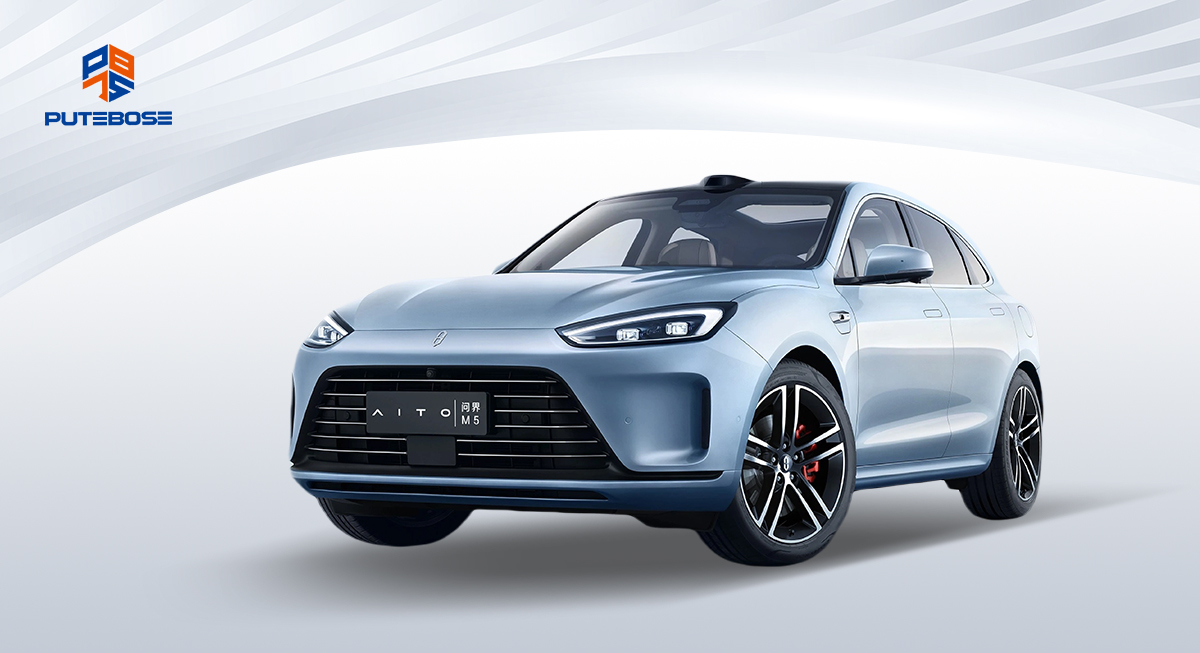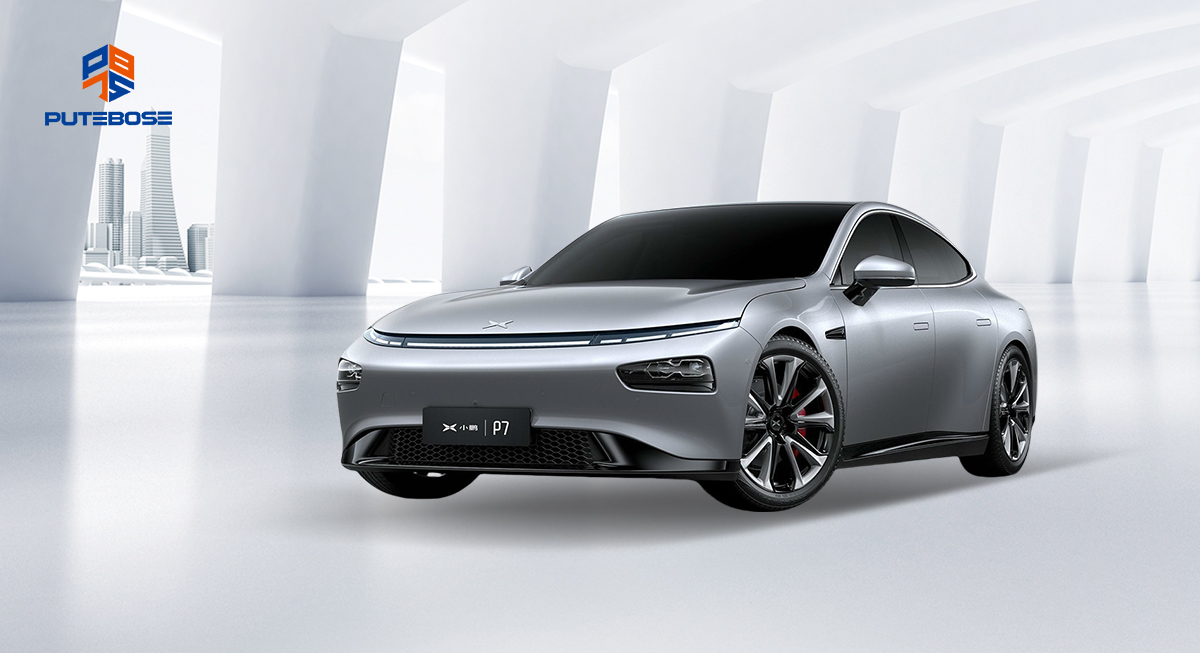- All
- Product Management
- News
- Introduction
- Enterprise outlets
- FAQ
- Enterprise Video
- Enterprise Atlas
What You Need to Know About the EV Revolution
Release time:
2024-09-13
Learn key facts about EVs and how models like AITO M White and Xiaopeng P7 are revolutionizing transportation.
Pure electric vehicles (EVs) are becoming a crucial part of the future of transportation. With growing interest, understanding their basic components and the technology behind them can be empowering for both potential buyers and enthusiasts alike.
Electric vehicles, sometimes referred to as new energy vehicles, rely on electric motors instead of traditional gasoline engines. This shift means significant changes in the drivetrain, particularly the introduction of electric reducers. Unlike traditional gearboxes, these reducers are much simpler and more efficient. They don't require complex mechanisms like shifting or synchronization, reducing the number of parts from hundreds to just dozens. The reduction in weight, from around 40 kilograms to just 10, also helps lower energy consumption, making EVs even more efficient.

Globally, countries have set ambitious goals to phase out fuel-powered vehicles and promote the adoption of EVs. The development of electric vehicles began as early as 1881, with Gustave Trouvé's electric tricycle. Since then, brands like Tesla and AITO have advanced EV technology with models like the AITO M5 White and Xiaopeng P7. These vehicles demonstrate how modern electric cars can achieve high speeds, long ranges, and shorter charging times.

In China, electric vehicle development has progressed in phases, starting in the early 2000s. With continuous government support, cities like Beijing and Shanghai have become leaders in the promotion of EVs. Models like the Wenjie M9 reflect the progress and innovation happening within the domestic market.

As electric vehicle technology continues to evolve, it's essential for consumers to stay informed and participate in shaping the future of clean, efficient transportation.
If you found this article helpful, feel free to share it on social media and spread the knowledge. Together, we can contribute to a greener and more sustainable future!
Key words:
Related News
2024-11-14
2024-10-23
2024-10-23

